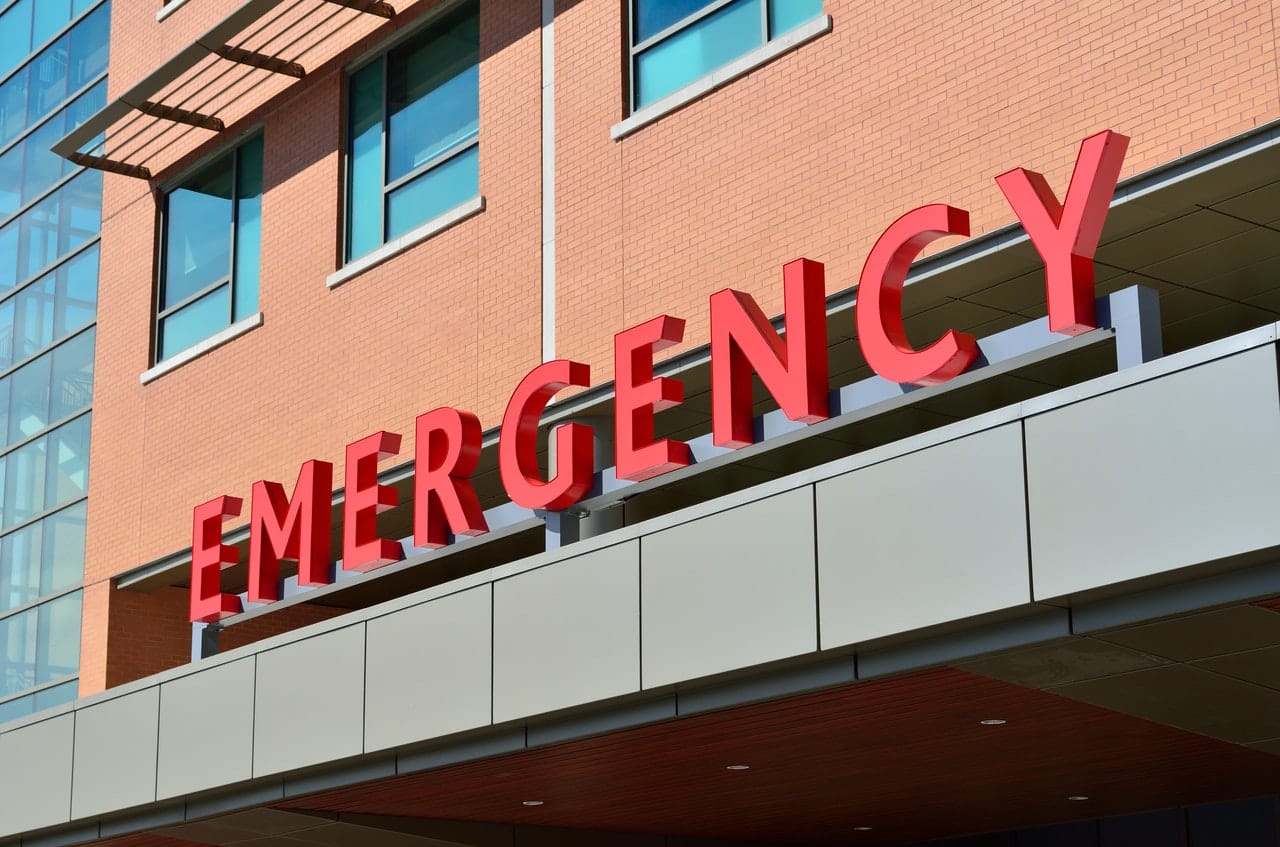When you have a medical crisis, the nearest emergency room is supposed to provide you with the care you need. Unfortunately for millions of Americans, emergency rooms have failed them. And if we look to the future, there’s every indication that they’ll continue to fail the general public.
IMAGE: PEXELS
Wait Times Get Longer
Did you know that hospital emergency departments are the only segment of the U.S. healthcare system that’s required by federal law to provide care to anyone and everyone who walks through the doors, regardless of ability to pay?
This creates significant friction where a large percentage of patients who visit the emergency room doesn’t require the level of care that an ER provides. (In some states, as much as 30-40 percent of ER visits are non-urgent medical problems.)
“Jammed with increasing numbers of uninsured Americans and enrollees in public programs, emergency rooms find their overcrowding further aggravated by outdated federal and state policies,” Heritage.org explains.
“Worse, while many emergency rooms are already operating at peak capacity on a day-to-day basis, the emergency medical system is incapable of absorbing the massive surge in demand for emergency medical assistance that would follow a natural disaster or terrorist attack.”
At a time when demand for emergency room services is on the rise, many hospitals and emergency departments have actually declined in size (meaning fewer overall beds are available). This leads to long wait times that can sometimes prevent people from getting the care they truly demand.
According to U.S. News & World Report, the average emergency department wait time is 30 minutes. Once seen, treatment lasts an average of 90 minutes. That adds up to two hours in the ER for relatively minor situations.
In states where the hospital system is especially taxed, median lengths of stay are far longer. California is one of the worst. In 2017, the median ER wait time for patients before admission into the hospital was 5.5 hours. For those discharged without admission to the hospital, the median time from walking in to being discharged was more than 2.5 hours.
Errors On The Rise
Rough estimates suggest that somewhere between 5-10 percent of all emergency room visits are subject to medical errors. If there are somewhere around 100 million emergency room visits each year, this means there are between 5-10 million costly mistakes made. Sometimes these errors are easily masked, while other times they can lead to serious injury or death.
According to a recent study published in De Gruyter’s Journal Diagnosis, nearly half of all medical errors in the emergency room are due to issues with information processing. More specifically, the report found that these errors are connected to the way doctors cognitively process and interpret data.
In other words, they have the right information but don’t always act on it in the best possible way. “The emergency department is a very different clinical environment than inpatient wards, with frequent interruptions and often incomplete or unreliable information,” Jeff Lagasse writes for HealthcareFinanceNews.
“Despite this, the study shows that doctors in an emergency department with trainees make similar types of errors to those made with admitted patients – more information processing errors are made than errors of inadequate knowledge or inadequate information.” While a lack of knowledge and experience is one cause for these errors, factors like burnout and fatigue are also heavily involved.
Staffing Challenges Mount
“The largest concern is that patients are receiving less attentive care when they visit the ER and may not receive the treatment they need in a case of an emergency,” Rosenfeld Injury Lawyers explains. “When hospitals do not have adequate staff to handle the high volumes entering their emergency departments, mistakes can and do happen.”
In fact, from an emergency department administration perspective, staffing challenges are one of the biggest concerns. Many hospitals feel the pressure to cut back on staff in order to operate within tight budgets, while other hospitals have high turnover as a result of the stressful/overcrowded conditions.
Even when an emergency department is fully staffed, individuals often lack the proper training to work the constant influx of new technology that’s being integrated. This leads to slow, inefficient, and even dangerous conditions.
Progressive Solutions Needed
The solution to all of these problems is unclear. While there may be some easy fixes in various emergency departments around the country, trying to implement an industry-wide prescription for success is impossible.
Forbes contributor Dr. Robert Pearl suggests a three-part plan in which emergency departments (1) staff to demand; (2) redeploy the nursing staff from triage into direct patient care; and (3) modify physician staffing so that the right people are on call at all times. Whether it’s something similar to Dr. Pearl’s approach, or something else entirely, it’s clear that we need solutions. Time is ticking and America’s health crisis is growing by the second.
If you are interested in even more lifestyle-related articles and information from us here at Bit Rebels, then we have a lot to choose from.


COMMENTS